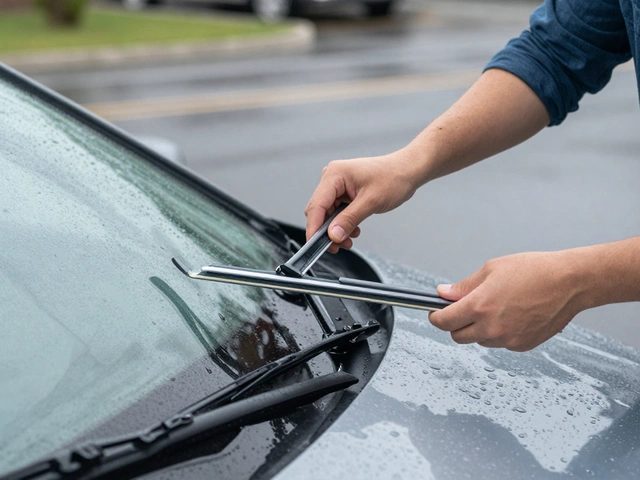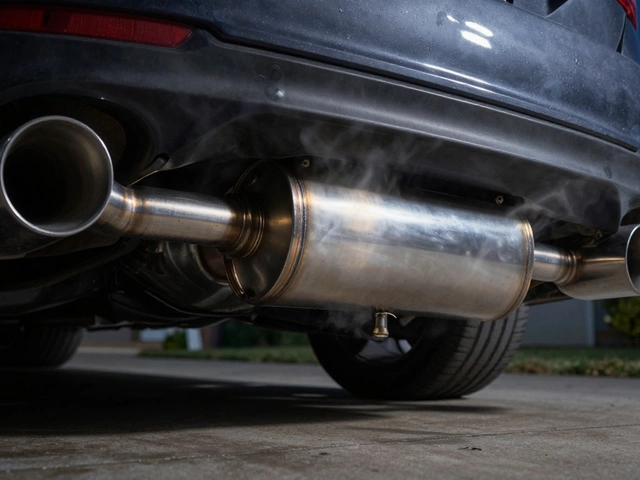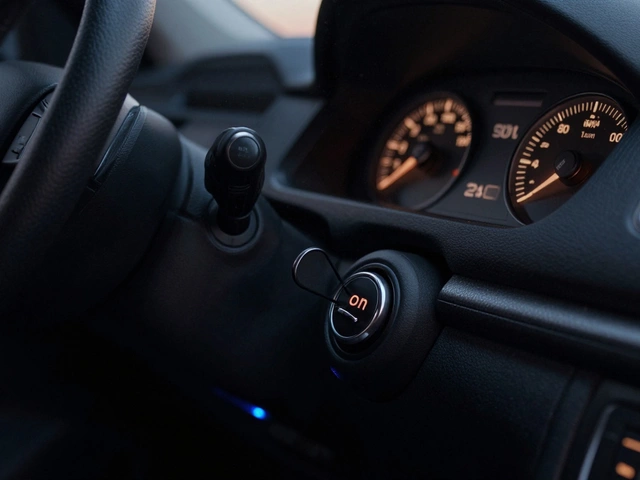Tire Installation: What You Need to Know Before You Get Your Tires Changed
When you get a tire installation, the process of removing old tires and fitting new ones onto a vehicle’s wheels. Also known as tire replacement, it’s not just about swapping rubber—it’s about making sure your car handles safely, wears tires evenly, and rides smoothly. Too many people think it’s a quick job: take off the old ones, bolt on the new ones. But if the wheels aren’t balanced, the alignment’s off, or the lug nuts aren’t torqued right, you’re setting yourself up for uneven wear, poor fuel economy, or even dangerous handling.
That’s why tire balancing, the process of adding small weights to even out the weight distribution around the wheel matters just as much as putting the tire on. A tire that’s out of balance causes vibrations, especially at highway speeds, and wears out your shocks, bearings, and steering parts faster. And then there’s wheel alignment, adjusting the angles of the wheels so they’re parallel to each other and perpendicular to the ground. Misaligned wheels pull your car to one side, make steering feel loose, and eat through tire tread like crazy. These aren’t optional add-ons—they’re part of every proper tire installation.
What you’ll find in these posts isn’t just theory. Real people have shared what happened when they skipped balancing, ignored alignment, or tried to DIY tire swaps without the right tools. You’ll see how bad shocks can make new tires wear unevenly, why your fuel economy drops if your tires aren’t seated right, and how a simple mistake during installation can lead to a blowout. Some posts even show how to spot if a shop cut corners—like checking for missing valve caps or uneven tread wear after a service.
Whether you’re replacing worn tires, switching to winter rubber, or just got a flat, knowing what’s supposed to happen during tire installation saves you money and keeps you safe. You don’t need to be a mechanic to ask the right questions. You just need to know what’s involved—and what shouldn’t be ignored.





